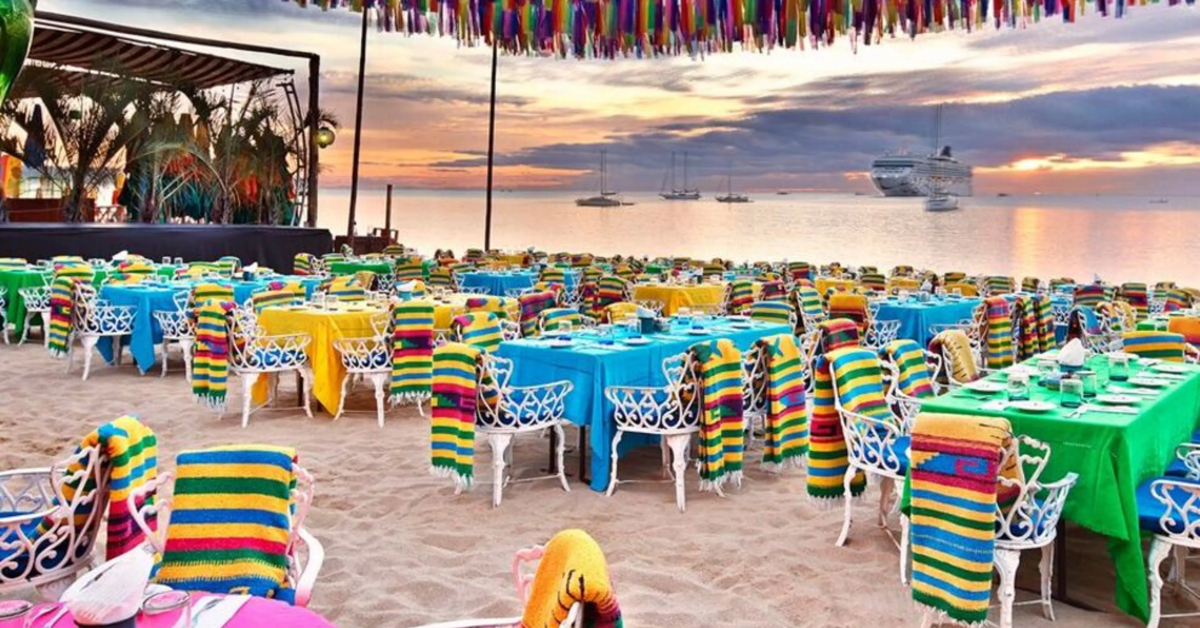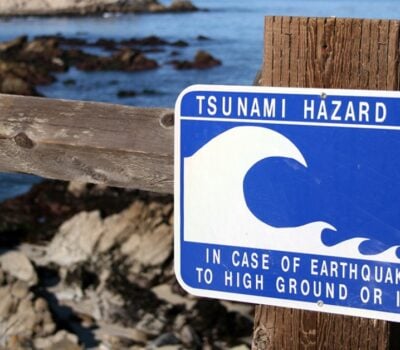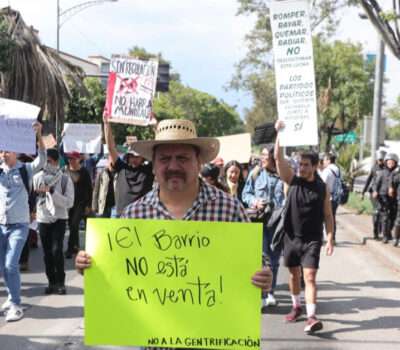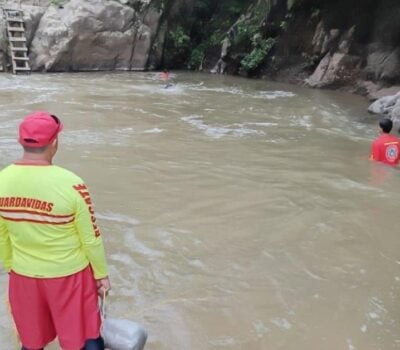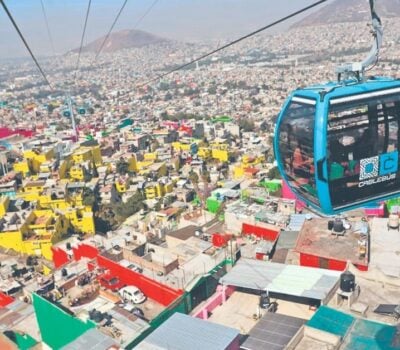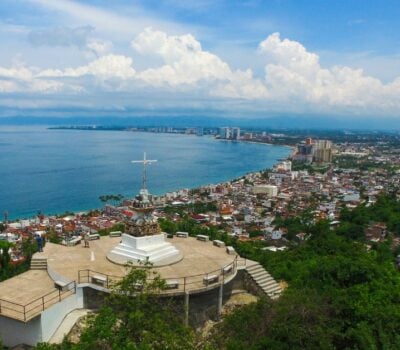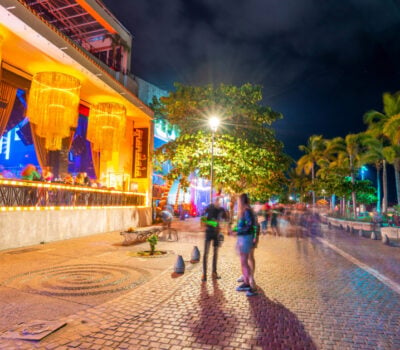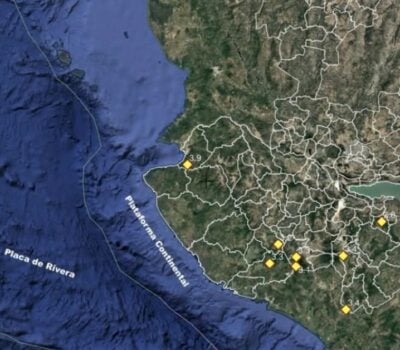Local entrepreneurs and authorities launch a joint plan on June 12, 2025, to restore downtown Cabo San Lucas with pedestrian zones, urban upgrades, and a goal to recapture the economic dynamism of the 1990s using the Cabo San Lucas revival initiative.
Business and local leaders in Cabo San Lucas unveiled a joint plan on June 12, 2025, to breathe new life into the city’s historic downtown, targeting a return to the vibrant tourism and economic activity it enjoyed in the 1990s. The initiative, championed by the Association of Entrepreneurs of Los Cabos and local government officials, aims to modernize urban spaces, prioritize pedestrians over vehicles, and enhance the overall visitor experience in the heart of Cabo San Lucas.
Gustavo Laborde, president of the Association of Entrepreneurs of Los Cabos, praised the government’s commitment to allocate funding for the project and expressed optimism about its swift impact. “Downtown Cabo San Lucas really needs this boost. The authorities’ support has been encouraging, and I believe with the announced resources, Cabo San Lucas will beautify quickly, drawing tourists back to this key area,” Laborde said. His remarks highlight a shared belief that public-private collaboration is essential to reigniting the city’s economic engine.
According to project outlines, the transformation will focus on pedestrian zones, reducing vehicle traffic in favor of wider sidewalks, green spaces, and public art installations. Officials argue that improving walkability will encourage visitors to explore local shops, restaurants, and cultural venues, increasing spending and lengthening stays. Early renderings suggest upgraded lighting, street furniture, and wayfinding signs to guide tourists through historic landmarks and hidden gems in the city center.
Reviving the downtown’s 1990s appeal hinges on solving challenges that arose over decades of rapid growth, including congested streets, inconsistent maintenance, and underutilized public areas. Laborde identified service quality and a unified vision as critical factors. “To position Cabo San Lucas as a top-tier destination again, we must tackle these issues head-on and restore the economic momentum we once had. This takes commitment, service, and a shared attitude among all stakeholders,” he added.
The local government has committed to a phased rollout, beginning with pilot pedestrian corridors and façade improvements along key tourist arteries. Future phases include traffic calming measures, expanded pedestrian plazas, and partnerships with local artists to showcase regional culture. Authorities estimate the first phase will be complete by the end of 2025, with full downtown revitalization slated for mid-2026, subject to funding and community feedback.
Residents and business owners have welcomed the plan, viewing it as a long-awaited opportunity to address longstanding issues. Small shop owner María Hernández noted that while Cabo San Lucas attracts millions of visitors each year, the downtown area has lagged behind newer developments in amenities and ambiance. “We’ve seen tourists bypass downtown for more modern areas. This project could bring back foot traffic and help family-run businesses thrive,” she said.
Critics urge caution, warning that large-scale urban projects can sometimes overlook local needs and lead to displacement or rising rents. Community groups plan to hold public forums to ensure that revitalization efforts respect the social fabric of downtown neighborhoods and preserve affordable access for both residents and visitors.
As Cabo San Lucas moves forward with this ambitious downtown revival, stakeholders emphasize that success will depend on maintaining momentum, transparent governance, and ongoing dialogue between entrepreneurs, officials, and the community. By striking that balance, the city hopes to recapture its 1990s charm while laying the groundwork for sustainable growth in the decades ahead.


